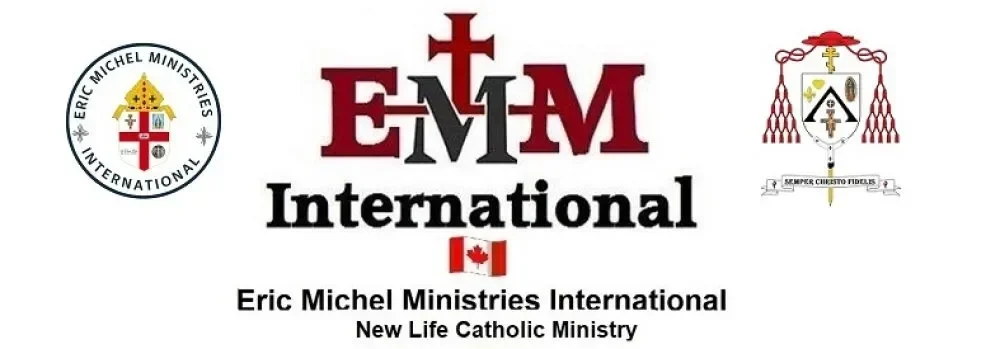
We can learn much from the Ethiopian Bible, particularly regarding ancient Jewish and early Christian traditions, the theological context of the time, and a broader understanding of biblical history through its unique collection of canonical books, such as the Book of Enoch and the Book of Jubilees. Studying this version provides a distinct perspective on scriptural traditions and deepens one’s understanding of faith and culture.
What You Can Learn from the Ethiopian Bible
Deeper Biblical History and Spirituality:
The Book of Enoch, the Book of Jubilees, and other unique texts offer a broader perspective on ancient traditions and beliefs than those found in other standard Bibles.
Jewish Thought and Angelology:
These additional books offer insights into Jewish thought in the centuries preceding Christianity and elaborate on topics such as angels and the early days of the world.
Theological and Cultural Context:
As one of the oldest and most complete versions of the Bible, its narratives reveal the theological and cultural context of its time, offering a unique glimpse into early Christian traditions.
Different Canons and Traditions:
The Ethiopian Bible includes books not found in the canons of most other Christian denominations, which highlights the diverse ways Christian traditions have evolved and how different churches have arrived at different understandings of scripture.
Cultural Heritage and Inclusivity:
The Ethiopian Bible is a testament to Ethiopia’s rich Christian history and serves as a significant cultural artifact. Its inclusivity is also evident in its original format, which features illustrations and large print for accessibility, promoting an inclusive approach to studying sacred texts.
Key Books in the Ethiopian Canon
The Ethiopian Bible includes numerous books not found in other Christian Bibles. Some of the most notable are:
The Book of Enoch offers a unique perspective on Jewish angelology and cosmology.
Book of Jubilees: Also known as the “Little Genesis,” it recounts biblical history from creation to the time of Moses in a distinctive manner.
The Ascension of Isaiah: Another significant text preserved in the Ethiopian tradition.
You can learn about early Christian history, the development of biblical canons, and alternative theological concepts from the Ethiopian Bible. It offers unique perspectives not found in the Western biblical tradition by including books such as Enoch and Jubilees.
Context of the Ethiopian Bible
The Ethiopian Bible, or the broader canon of the Ethiopian Orthodox Tewahedo Church (EOTC), contains more books than the canons of the Protestant, Catholic, and Eastern Orthodox churches. Scholars study its manuscripts, many of which were written in the ancient Ge’ez language, for insight into the theological and historical contexts of early Christianity.
Key lessons and insights
Early Christian and Jewish history
The EOTC canon offers a window into the evolution of religious ideas in the Second Temple period (roughly 516 BCE–70 CE) and early Christianity. The discovery of Aramaic fragments of some of these texts among the Dead Sea Scrolls confirmed their ancient origins and influence on early religious thought.
Unique narratives and expanded theology
The Ethiopian Bible includes several books considered apocryphal by other traditions, revealing unique theological concepts.
The Book of Enoch describes the fall of the Watchers (angels who fathered the Nephilim) and provides vivid detail on divine judgment and the fate of the righteous and the wicked. It is even quoted in the New Testament Book of Jude.
The Book of Jubilees: This retelling of Genesis and part of Exodus uses a different, solar-based calendar and expands on early biblical history.
The Ethiopian Book of Clement: A unique version of this text that narrates how Peter mentored Clement.
Ethiopian Maccabees (Meqabyan): Three books distinct from the Books of Maccabees in other Bibles, which focus on the martyrdoms of Jews.
Paralipomena of Jeremiah (4 Baruch): Presents an alternative account of the prophet Jeremiah following the destruction of Jerusalem.
Distinctive liturgical and spiritual traditions
The EOTC’s unique texts and interpretations have shaped a distinct spiritual identity, including its rich traditions of art, music, and liturgical practices. For example:
Its emphasis on angels and eschatology (the study of last things) is strongly influenced by the Books of Enoch and Jubilees.
Ancient manuscripts often include vibrant illustrations, reflecting the church’s unique aesthetic tradition.
English translations of the complete EOTC canon support interfaith dialogue and offer valuable resources for academic study.
Resilience and diversity of faith
The preservation of these ancient texts in Ethiopia, mainly due to its relative isolation from Western Christendom, is a testament to the resilience of its Christian heritage. It demonstrates the diverse expressions and interpretations of early Christianity that existed beyond the Roman and Byzantine spheres.
